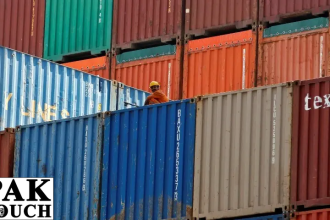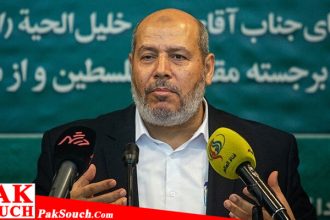Washington, D.C., September 20, 2025 — In a move that has sent shockwaves through the global tech and business communities, U.S. President Donald Trump has signed an executive order dramatically increasing the annual fee for the coveted H-1B work visa to $100,000 per applicant. The decision marks one of the most drastic changes to U.S. immigration policy in recent years, with far-reaching consequences for foreign professionals, American companies, and the global technology sector.
The New Policy
According to official reports, the new measure sets a flat annual fee of $100,000 for companies sponsoring foreign workers on H-1B visas, regardless of industry. Previously, H-1B visa application fees ranged from just over $215 for the filing process to a few thousand dollars, depending on company size and case type. This sudden spike represents a nearly 50-fold increase from the upper limits of the earlier structure.
Trump defended the decision, stating, “Companies must invest in American workers first. If they choose to hire foreign labor, they should pay the real cost.” He argued that high fees will deter excessive reliance on foreign workers, ensuring that U.S. citizens are prioritized in hiring.
Impact on U.S. Businesses
The biggest shockwaves are expected to hit technology companies, especially those dependent on specialized talent from India, China, and other countries. Silicon Valley firms, which have long relied on the H-1B program to bring in engineers, developers, and IT specialists, now face staggering new costs.
Industry experts warn that for companies hiring hundreds or thousands of H-1B workers annually, the additional financial burden could run into hundreds of millions of dollars per year. Small and mid-sized firms may be unable to afford such expenses, drastically reducing their access to global talent.
A report published this week noted, “Tech giants like Google, Microsoft, and Apple can absorb some of these costs, but startups and mid-tier firms will be crippled. This is a direct hit to innovation.”
Consequences for Foreign Professionals
For aspiring workers from countries like India — which accounts for nearly 70% of all H-1B visas — the new fee is a devastating blow. Many highly skilled professionals have long viewed the H-1B visa as a gateway to career advancement in the U.S., but under the new regime, companies may simply stop sponsoring them altogether.
Candidates already in the U.S. on H-1B visas also face uncertainty. While it remains unclear whether the new fee applies retroactively, many fear that renewals will become financially unsustainable for employers, potentially forcing workers out of the country.
Political Motivation and Criticism
Critics say the move is part of Trump’s broader “America First” immigration agenda, designed to sharply limit the influx of foreign workers. During his first term, Trump already tightened H-1B visa eligibility criteria, and this latest policy appears to build on that legacy.
Business leaders and immigrant rights groups have condemned the policy as short-sighted and damaging to America’s competitiveness. The U.S. Chamber of Commerce issued a statement saying, “Artificially pricing out skilled workers will only weaken U.S. innovation, while countries like Canada and the U.K. will benefit.”
Meanwhile, immigrant advocacy groups argue that the policy discriminates against foreign professionals and creates barriers to diversity in the U.S. workforce.
Global Repercussions
The move is also expected to have significant international implications. Countries like India, which sends tens of thousands of skilled workers to the U.S. each year, may face a massive backlog of talent with fewer global opportunities.
At the same time, rival economies such as Canada, the United Kingdom, and Australia, all of which have more flexible immigration policies, are likely to emerge as the biggest winners, attracting the skilled talent that can no longer access the U.S.
A senior Indian IT industry representative told reporters, “This is a nightmare scenario for us. The U.S. has always been our largest market. Now, Canada and Europe will become the preferred destinations for skilled migration.”
The Road Ahead
Legal challenges to the executive order are almost certain. Immigration lawyers argue that such a steep, blanket fee increase may face scrutiny in U.S. courts, especially if it disproportionately impacts certain industries. However, until a ruling is made, companies and workers must prepare for what analysts call a “fundamentally reshaped immigration system.”
In the short term, experts predict a sharp decline in H-1B visa applications during the next filing season. Long-term, the U.S. risks losing its global reputation as the premier destination for skilled professionals, potentially slowing innovation and reducing its competitive edge in industries such as artificial intelligence, software development, and biotechnology.
Conclusion
The Trump administration’s decision to raise H-1B visa fees to $100,000 annually represents a seismic shift in U.S. immigration and labor policy. While framed as a way to protect American workers, critics argue it may instead push talent, innovation, and economic growth away from the U.S. and toward more welcoming countries.
For now, tens of thousands of skilled workers and their prospective employers are left grappling with the uncertainty of whether the American Dream is still within reach — or has been priced out altogether.










